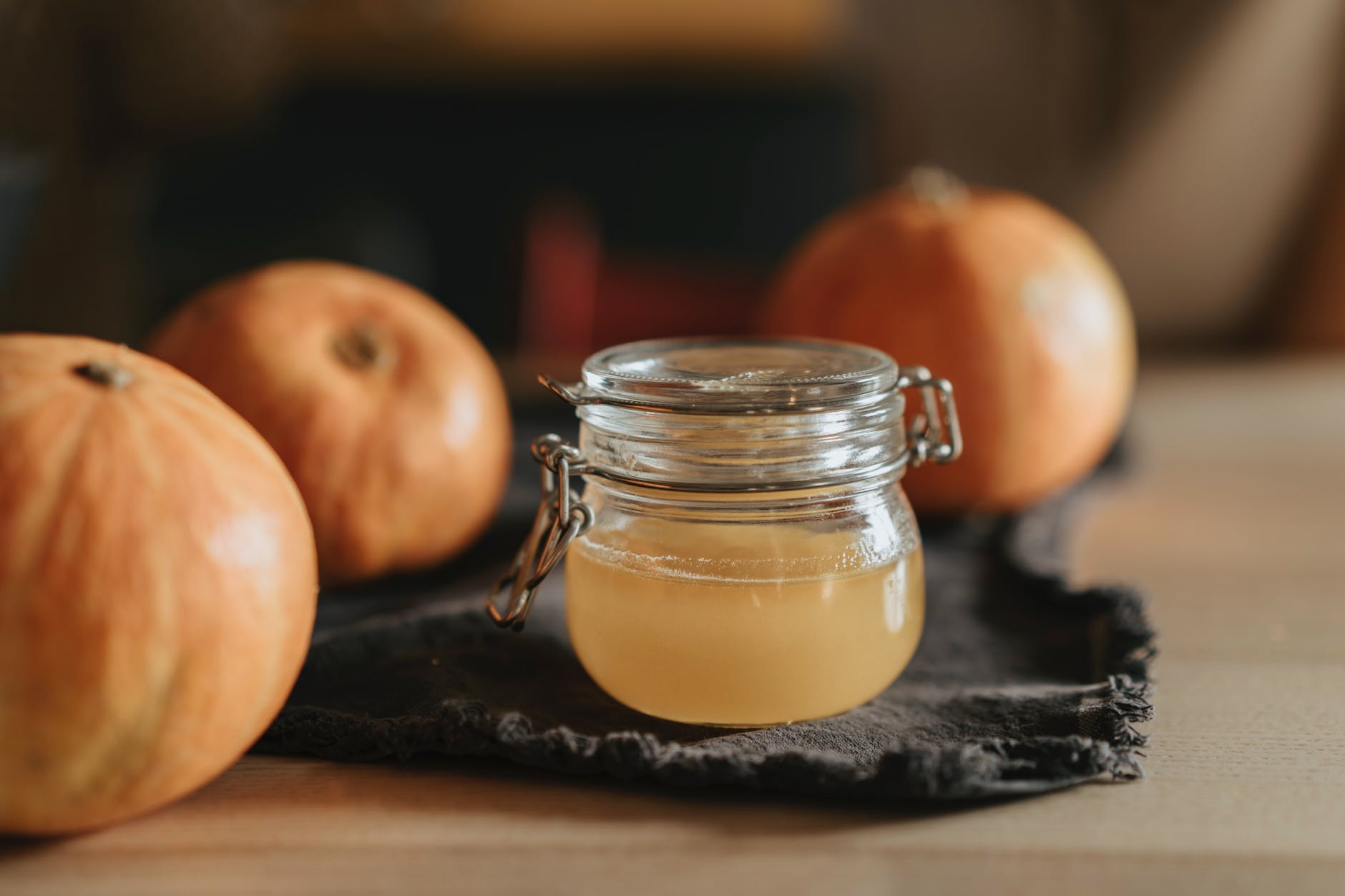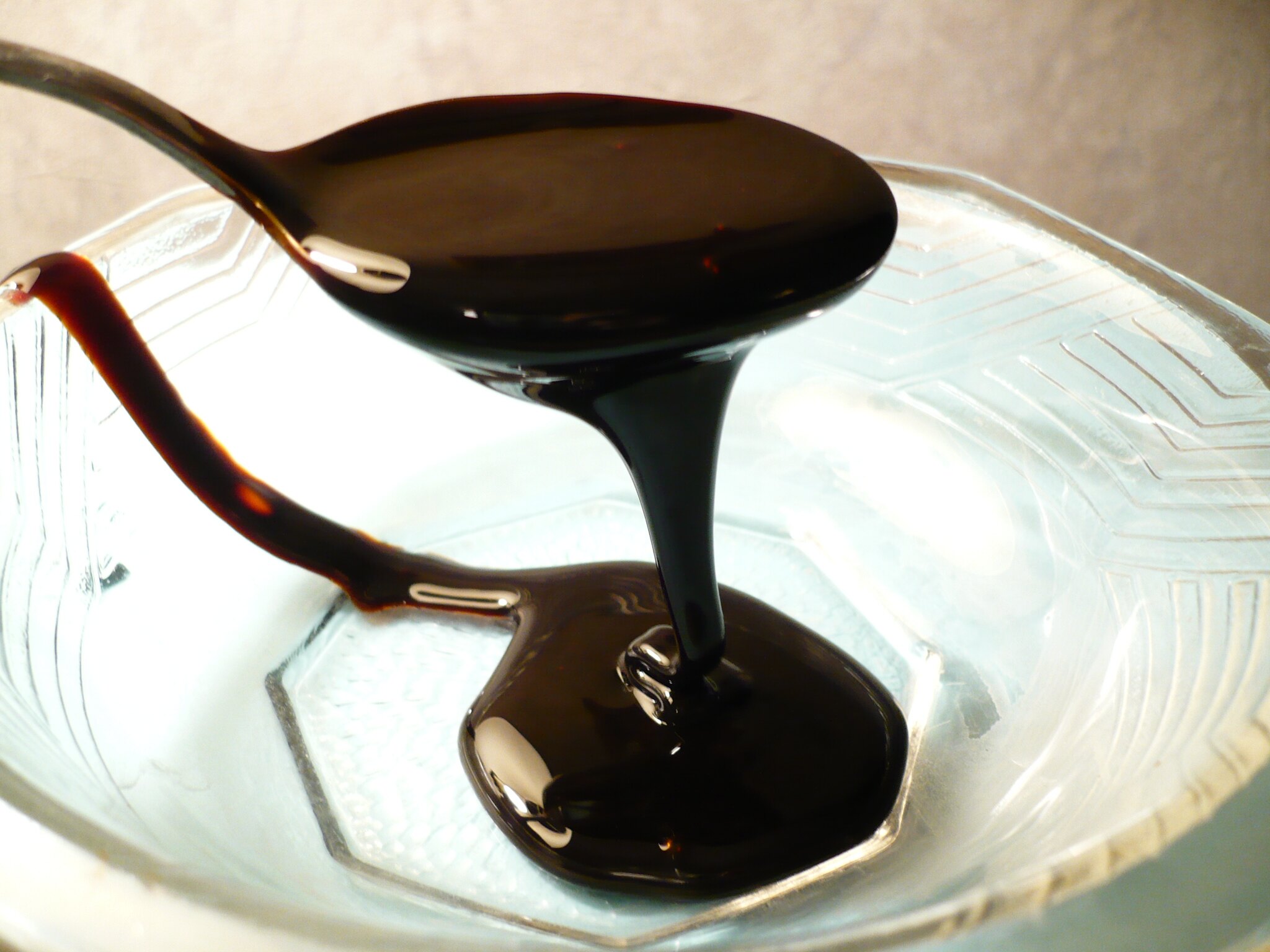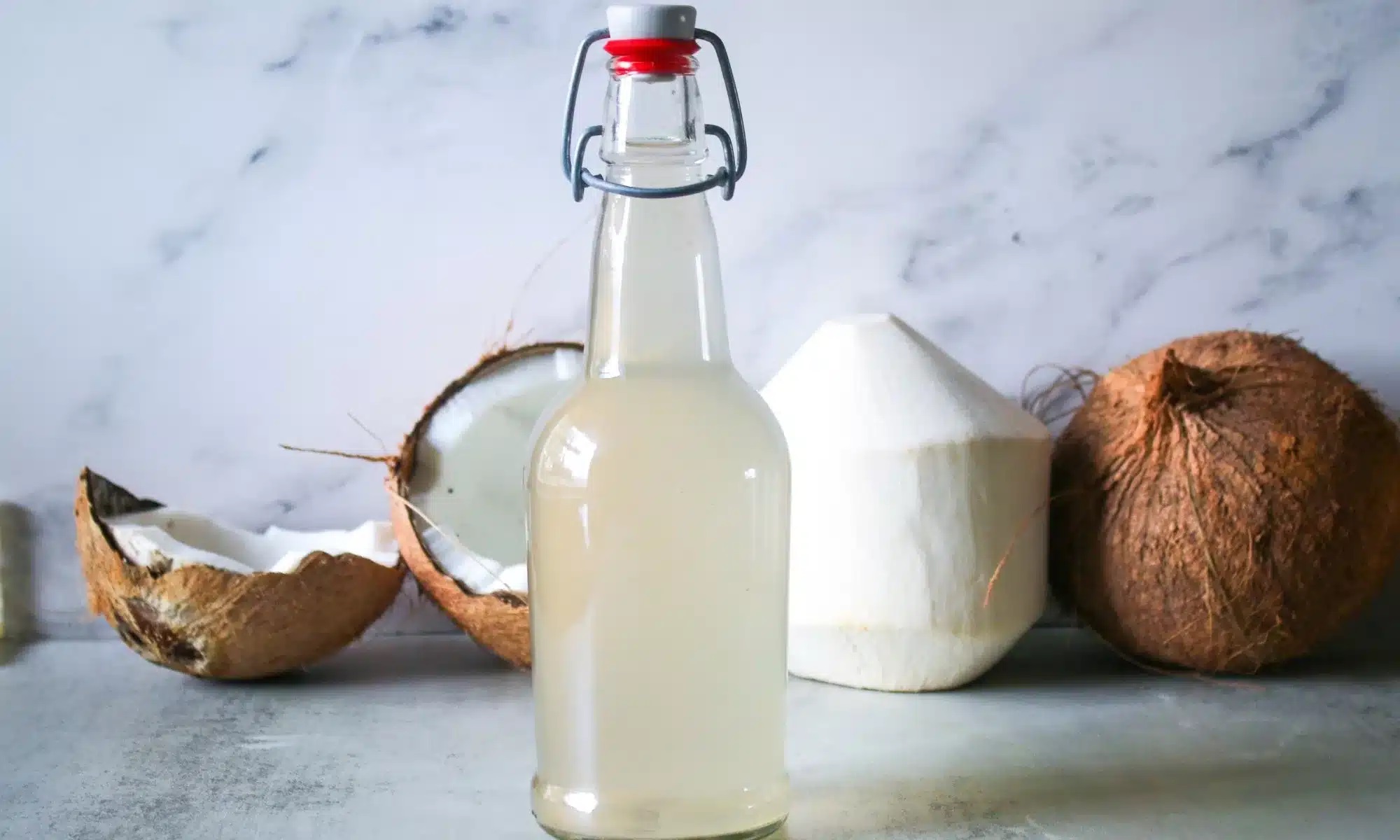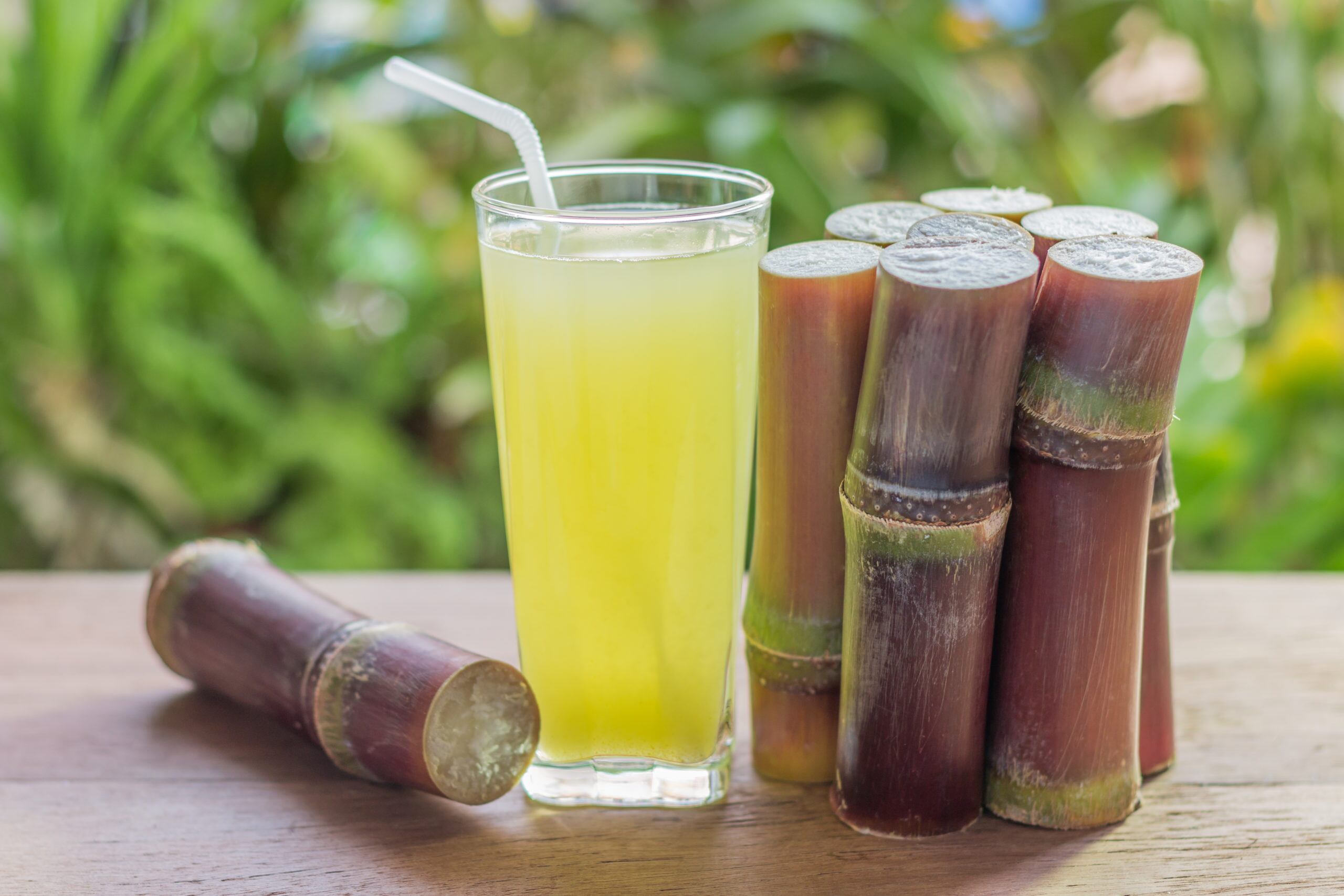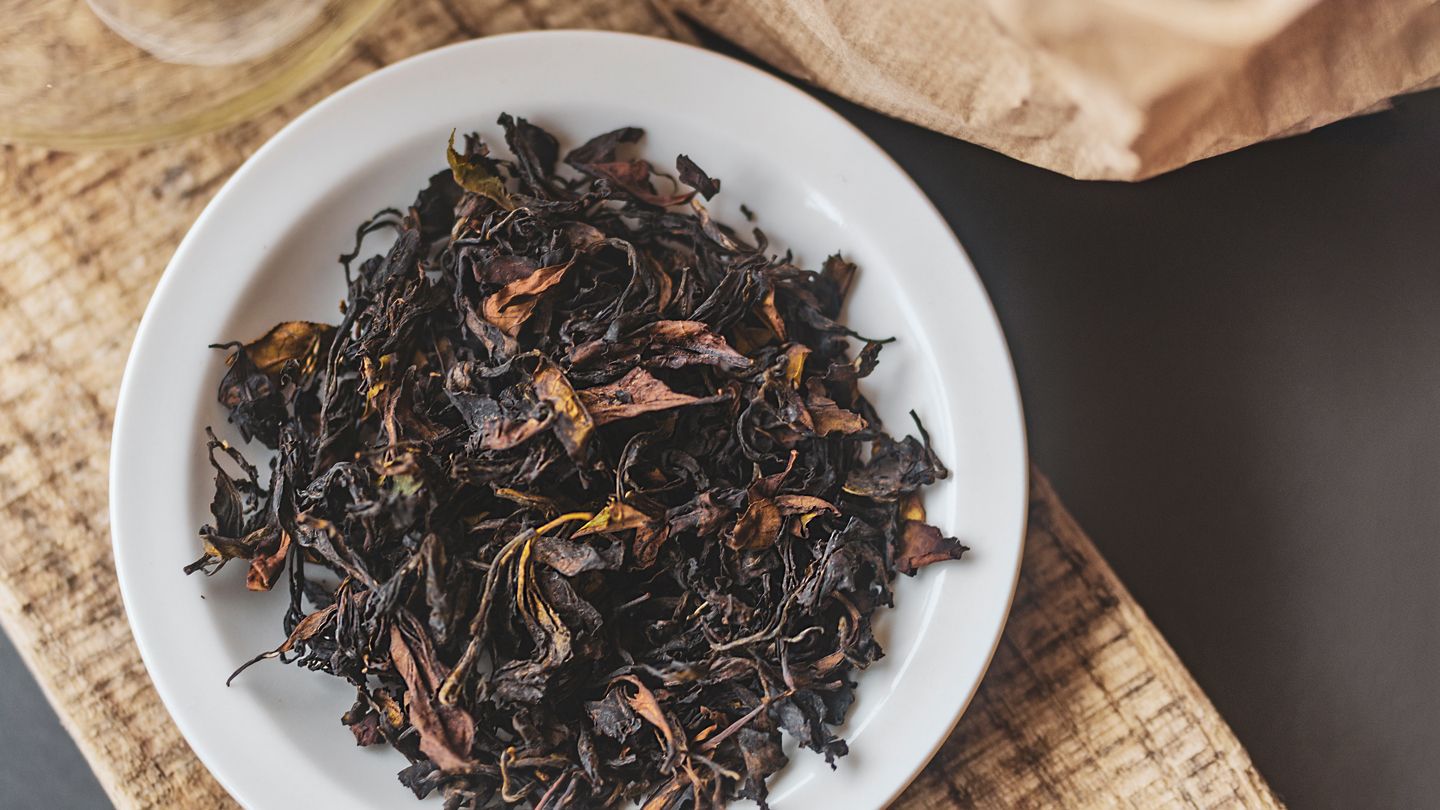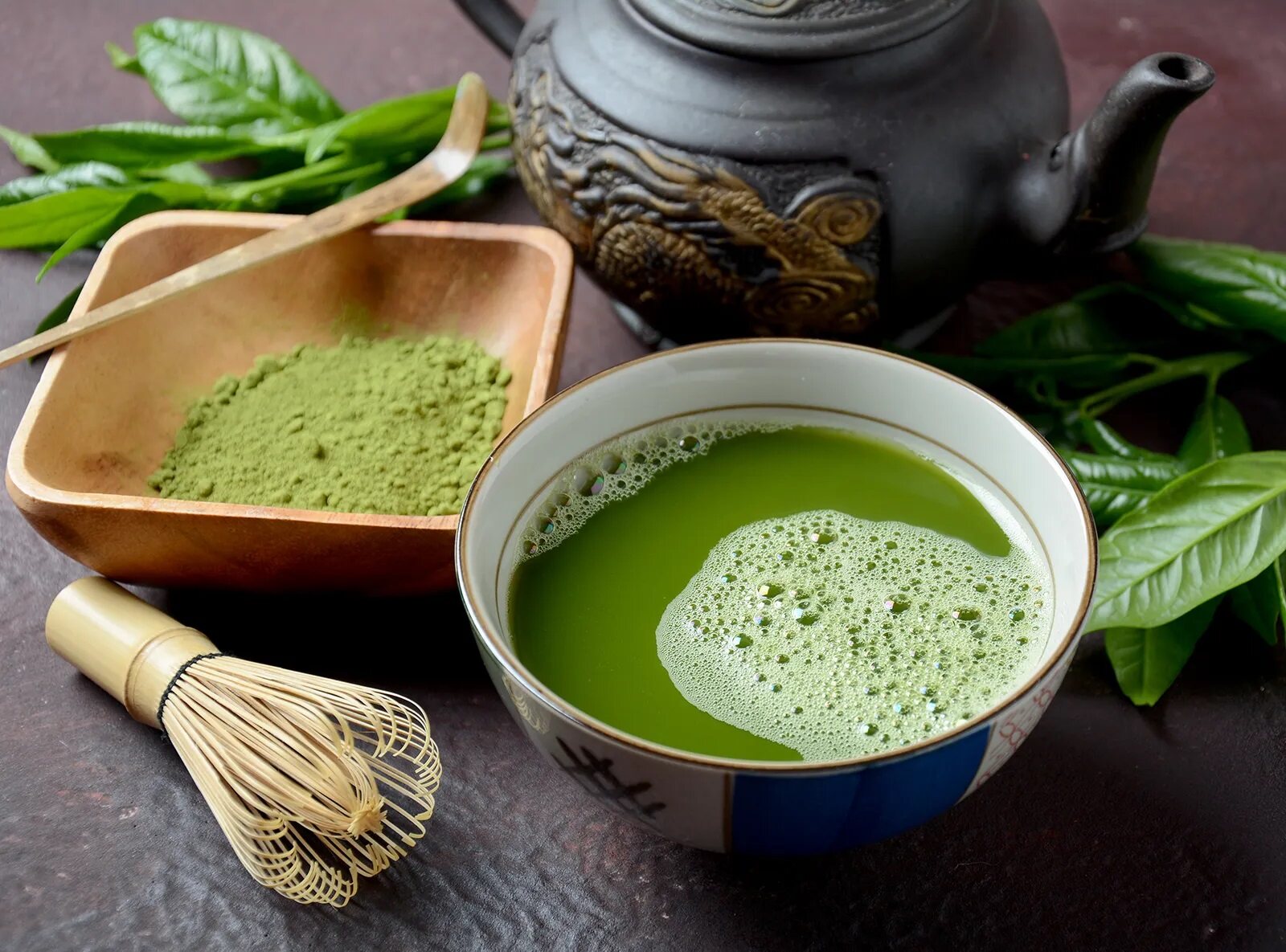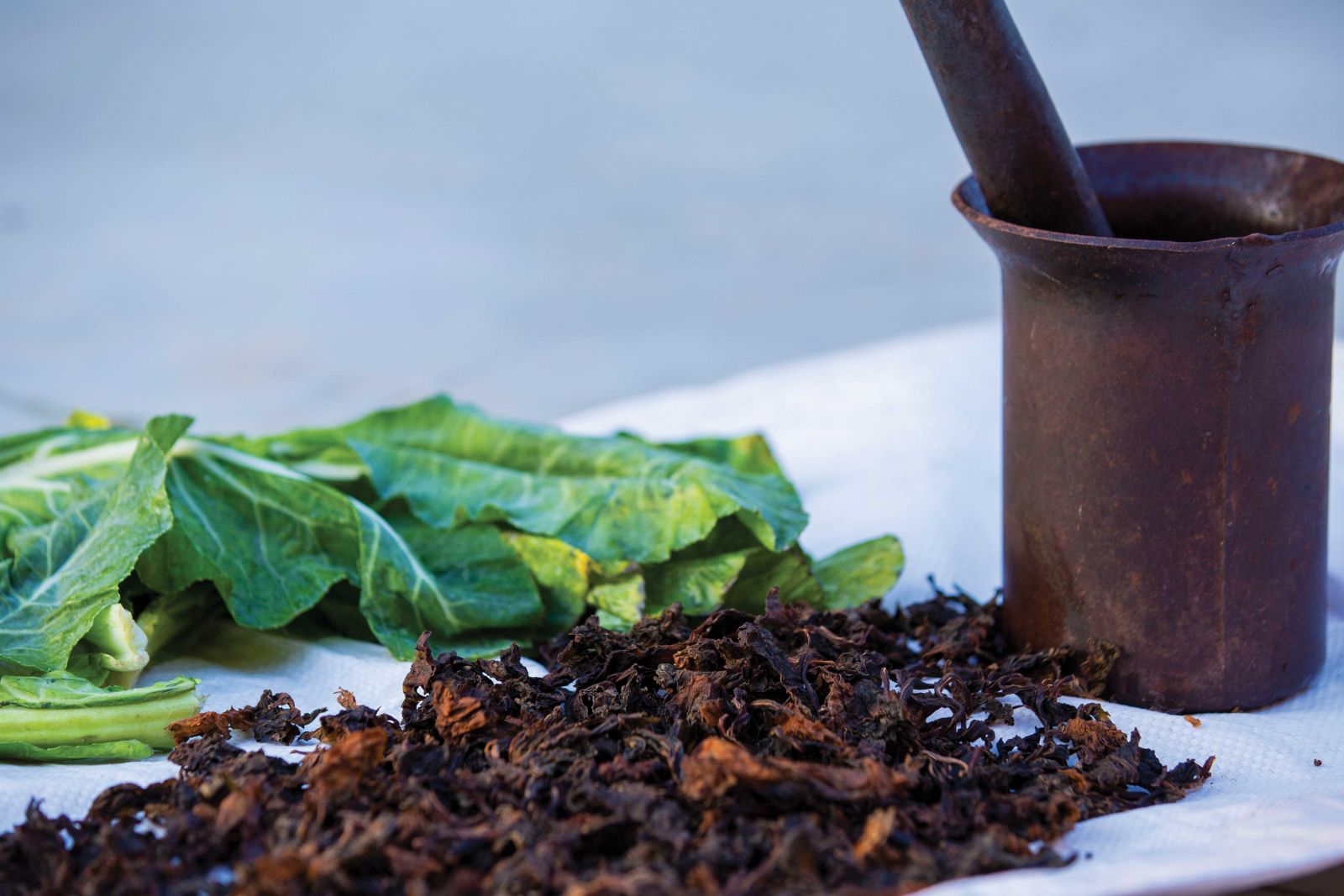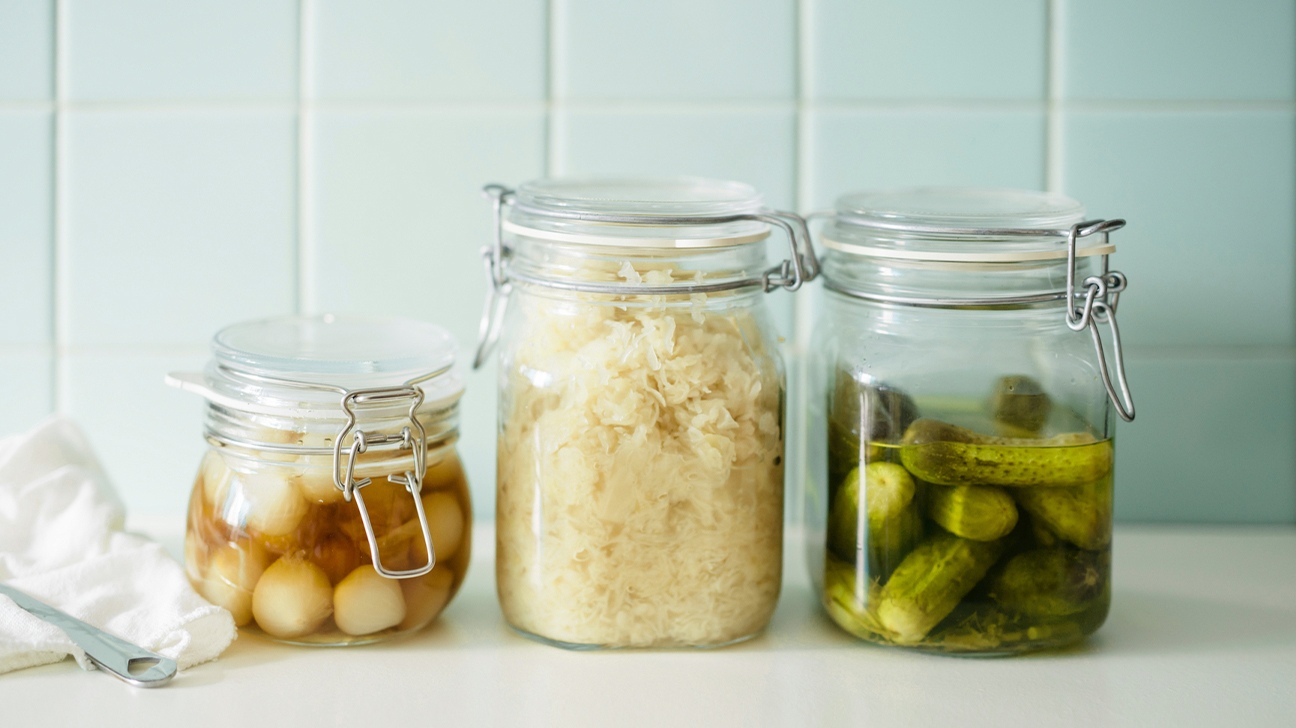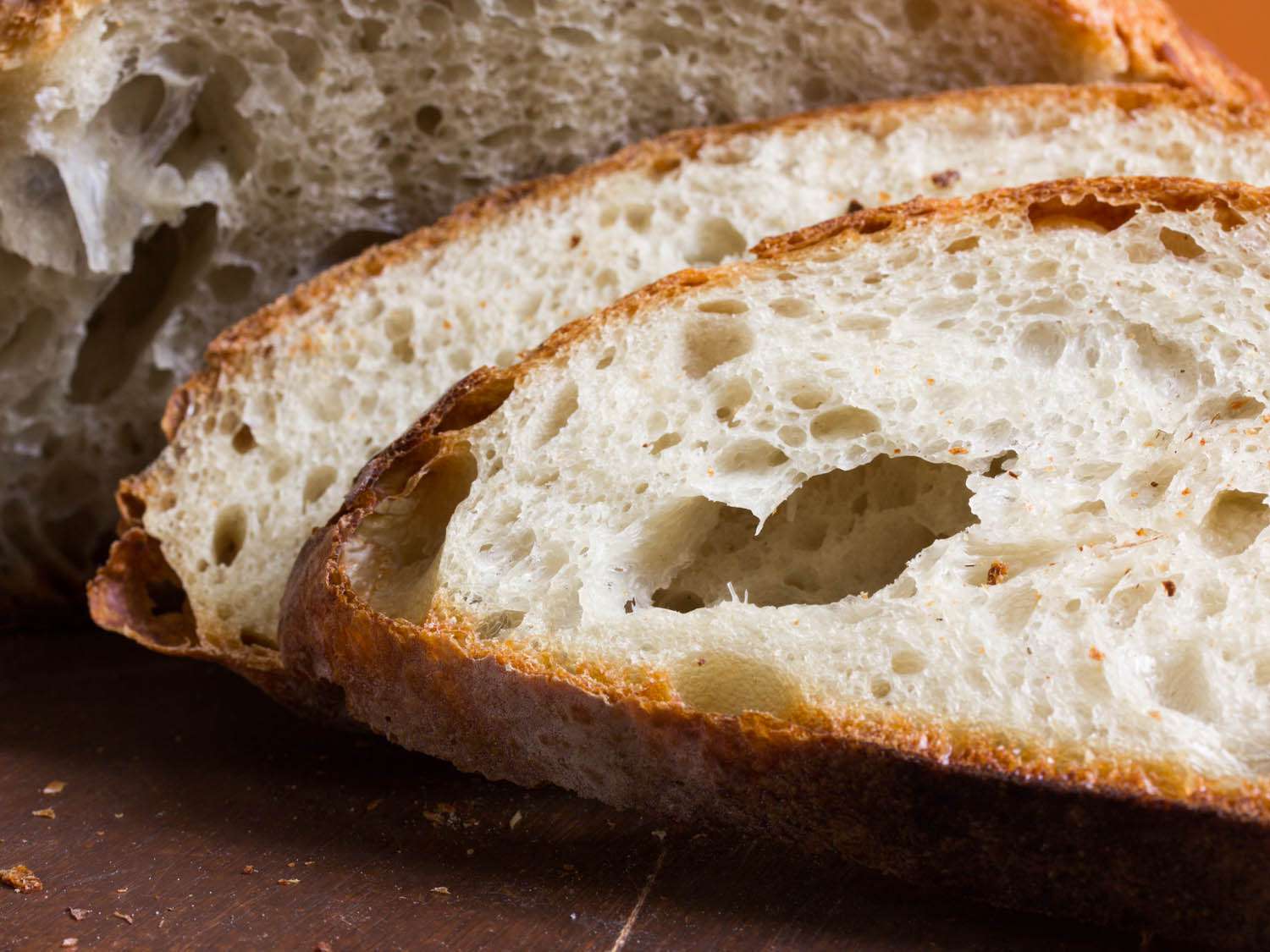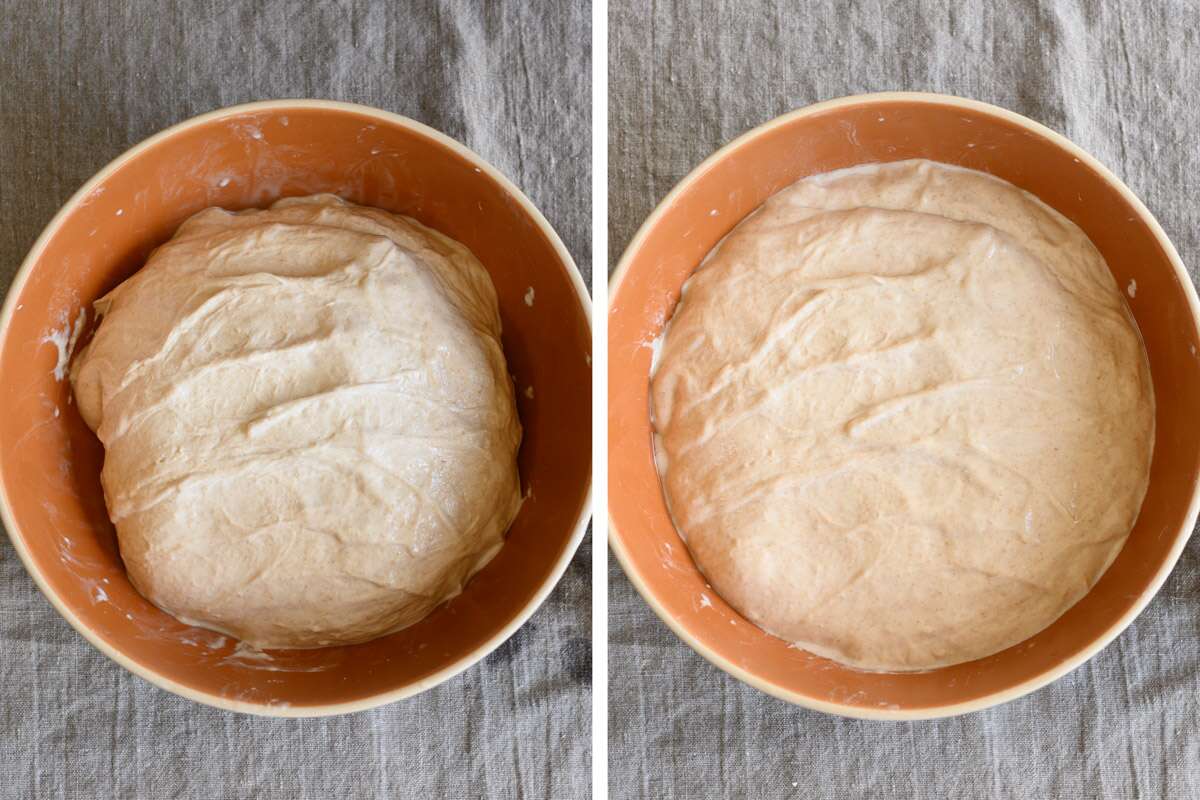Unlocking the Potential of Dandelions: A Guide to Fermentation
When it comes to fermentation, dandelions might not be the first thing that comes to mind. However, these vibrant and versatile flowers can be transformed into a delicious and nutritious fermented treat. In this guide, we’ll explore the process of fermenting dandelions and the many benefits it can offer.
Why Ferment Dandelions?
Fermentation is a natural process that not only preserves food but also enhances its nutritional value. Dandelions are not only abundant but also packed with vitamins, minerals, and antioxidants, making them an excellent candidate for fermentation. Fermenting dandelions can help unlock their potential and create a unique, flavorful product.
Harvesting Dandelions
Before you begin the fermentation process, you’ll need to harvest fresh dandelion flowers. Look for flowers that are fully bloomed and free from any signs of damage or decay. It’s best to harvest dandelions from areas that are free from pesticides and other chemicals.
Preparing the Dandelions
Once you’ve gathered your dandelion flowers, it’s time to prepare them for fermentation. Start by gently rinsing the flowers to remove any dirt or debris. Allow them to dry thoroughly before proceeding to the next step.
The Fermentation Process
Now that your dandelion flowers are prepped and ready, it’s time to start the fermentation process. Here’s a simple step-by-step guide to fermenting dandelions:
- Place the dandelion flowers in a clean, sterilized glass jar.
- Prepare a brine solution by dissolving sea salt in water. The brine should be salty to the taste.
- Pour the brine over the dandelion flowers, ensuring that they are fully submerged.
- Place a weight, such as a small plate or fermentation weight, on top of the flowers to keep them submerged in the brine.
- Cover the jar with a clean cloth or coffee filter secured with a rubber band to allow air to flow while keeping out contaminants.
- Store the jar in a cool, dark place and allow the dandelions to ferment for about 1-2 weeks, depending on your taste preference.
Enjoying Fermented Dandelions
Once the fermentation process is complete, you can enjoy your homemade fermented dandelions in a variety of ways. Add them to salads, use them as a tangy topping for sandwiches, or simply enjoy them as a flavorful snack.
The Health Benefits of Fermented Dandelions
In addition to their unique flavor, fermented dandelions offer a host of health benefits. The fermentation process enhances the bioavailability of nutrients in the dandelions, making them easier for your body to absorb. They are also rich in probiotics, which support gut health and overall well-being.
In Conclusion
Fermenting dandelions is a simple and rewarding process that can yield a delicious and nutritious end product. Whether you’re a fermentation enthusiast or simply looking to try something new, experimenting with dandelions can open up a world of culinary possibilities. So, why not give it a try and unlock the potential of these vibrant flowers?
For those eager to experiment with fermented dandelion dishes, the guide offers a variety of intriguing recipes. One can start with the Fermented Dandelion Salad for a fresh and tangy twist on a classic dish. Those who enjoy a bit more complexity might try the Fermented Dandelion Kraut, which combines the earthy flavor of dandelion with the familiar crunch of sauerkraut. For a unique beverage experience, the Fermented Dandelion Wine is a must-try; its subtle bitterness and floral notes make it a standout. Another great option is the Fermented Dandelion Kimchi, perfect for fans of spicy and fermented foods. Each recipe not only highlights the versatility of dandelion but also allows readers to apply their newfound fermentation skills in deliciously creative ways.
Was this page helpful?
Read Next: How To Ferment Moringa
